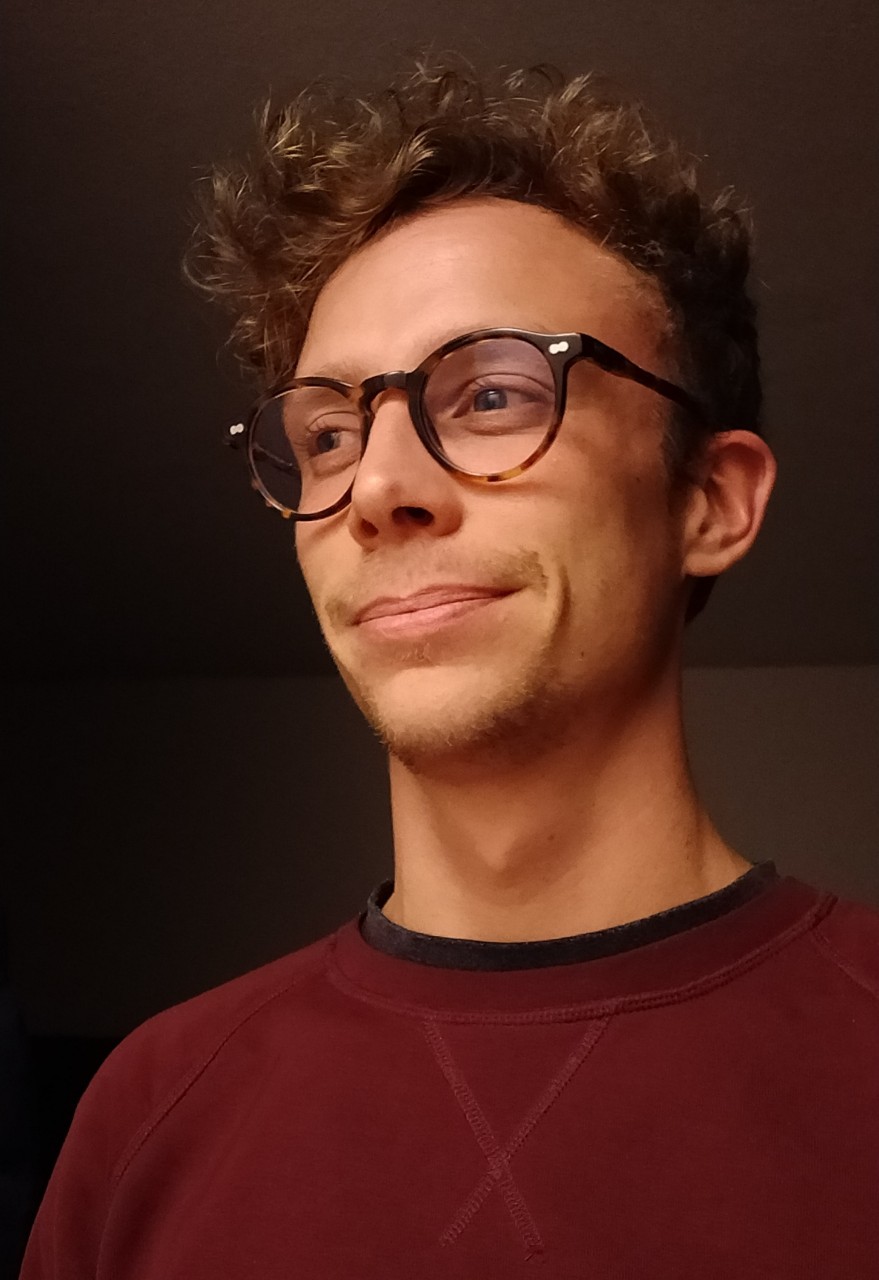Aspiring data hero Jérémy RENAUDIN
Plants are talking, and Vivent is listening. And what the company also realizes is that data science is one of the best tools for understanding them.
Jérémy moved to the French Alps 5 years ago where he first worked as a project manager in the Rhône-Alpes entrepreneurial ecosystem. He’s passionate about nature and wide-open spaces. Afterwards, he joined the Salomon Winter Sports team in Annecy to coordinate the digitalisation of BtoB services and data management projects. More recently, data exploration, machine learning and artificial intelligence has become his daily life. He is now on his way to becoming a full-fledged player in the world of data science.
Why did you pursue a Full Stack Data Science qualification?
Jeremy started to develop his deep interest in data thanks to his master’s degree in Big Data and Marketing Management at INSEEC Lyon. His master thesis was the opportunity to help the consumer data team of Salomon to use data analysis and machine learning technics to predict customer churn.
After 4 years working as project manager, he realized that something was missing in his position. He needed his job to provide more tangible results and noticed that the times when he had a lot of fun were when he was developing short scripts to automate his daily repetitive tasks. After a couple of months re-focusing on what motivates him, he started a Full Stack Data Science qualification at Jedha Bootcamp. This precious experience has been a real springboard to his career, allowing him to cover the whole pipeline from data collection to complex model deployment. He is now mastering the programming language, Python and sees himself as a data science specialist.
What was your project at Vivent?
Jeremy joined Vivent to complete his graduation project at Jedha Bootcamp. Over 2 weeks, his mission consisted of developing a machine learning model that can be deployed in real time to automatically predict the quality of electrode placement.
When first connecting electrodes to plants, sometimes electrodes may not be correctly inserted. This is time-consuming and leads to poor quality recordings. Vivent’s team manually reviews all experimental data after 24/48 hours to check on signal quality and then recommend to users to reinsert electrodes if necessary. This project aims to help Vivent quickly and easily detect these electrode misplacements and diagnose them as early as possible.
What is the best approach to build a bad signal classifier?
The first step was to identify the most appropriate modelling method, choosing between supervised and unsupervised learning. Knowing that no signal was labeled, the unsupervised approach first seemed to be the most interesting one as it enabled the creation of signal clusters. However, it would require to explore these clusters, and find out what kind of patterns would come up without being sure that the results would be immediately useable for bad signal detection. Given the limited time to get concrete results, Jeremy decided on a more straightforward approach.
After he visualised signals on a monthly period, he met Vivent’s researchers to manually label signal quality on a daily interval. The idea was to get insights from biologists and neuroscientists to understand the characteristics of good and bad signal patterns. This research ended with a database of 1970 labelled signals to train future algorithms.
This key milestone accomplished, Jeremy processed the data and extracted features from the signals to feed supervised machine learning models.
“Biosignals may have plenty of patterns, frequencies, amplitudes, they may sometimes be noisy… Nevertheless, they are time series signals that can be efficiently processed using appropriate techniques.” says Jeremy.
How would you sum up these two weeks at Vivent?
Coming from a more “business-oriented” profile, working on plant electrical signaling was completely new to Jeremy. He felt very excited to take on this enriching challenge. Extracting features from raw plant signals requires inventiveness and rigorous methodology. To face the high volume and velocity of the data, applying efficient pre-processing methods and developing optimized algorithms was the key.
“Signals are ubiquitous! But working on signals emitted by plants really was something very special. I am very proud of the work that we’ve accomplished during these two weeks. The first results are very encouraging as we managed to detect 89% of the bad signals present in our dataset. And I know that we can still achieve greater performance! I would like to thank Vivent’s team for their trust and support.”, answered Jeremy.
Indeed, Jeremy has already identified first areas for improvements to enhance the “bad signal” classifier. Deep learning is one way to go.
“Even if their results may seem more obscure at a first glance, deep learning models can be applied on raw data or spectrograms to better understand patterns, identify new features and strengthen the bad signal classification. Working with plant data was really exciting and the opportunities to apply artificial intelligence to biological signals holds lots of promise…”, concluded Jeremy.
Vivent’s team really enjoyed working with such a dedicated and professional data scientist. We look forward to further collaborations with Jedha Bootcamp students.

